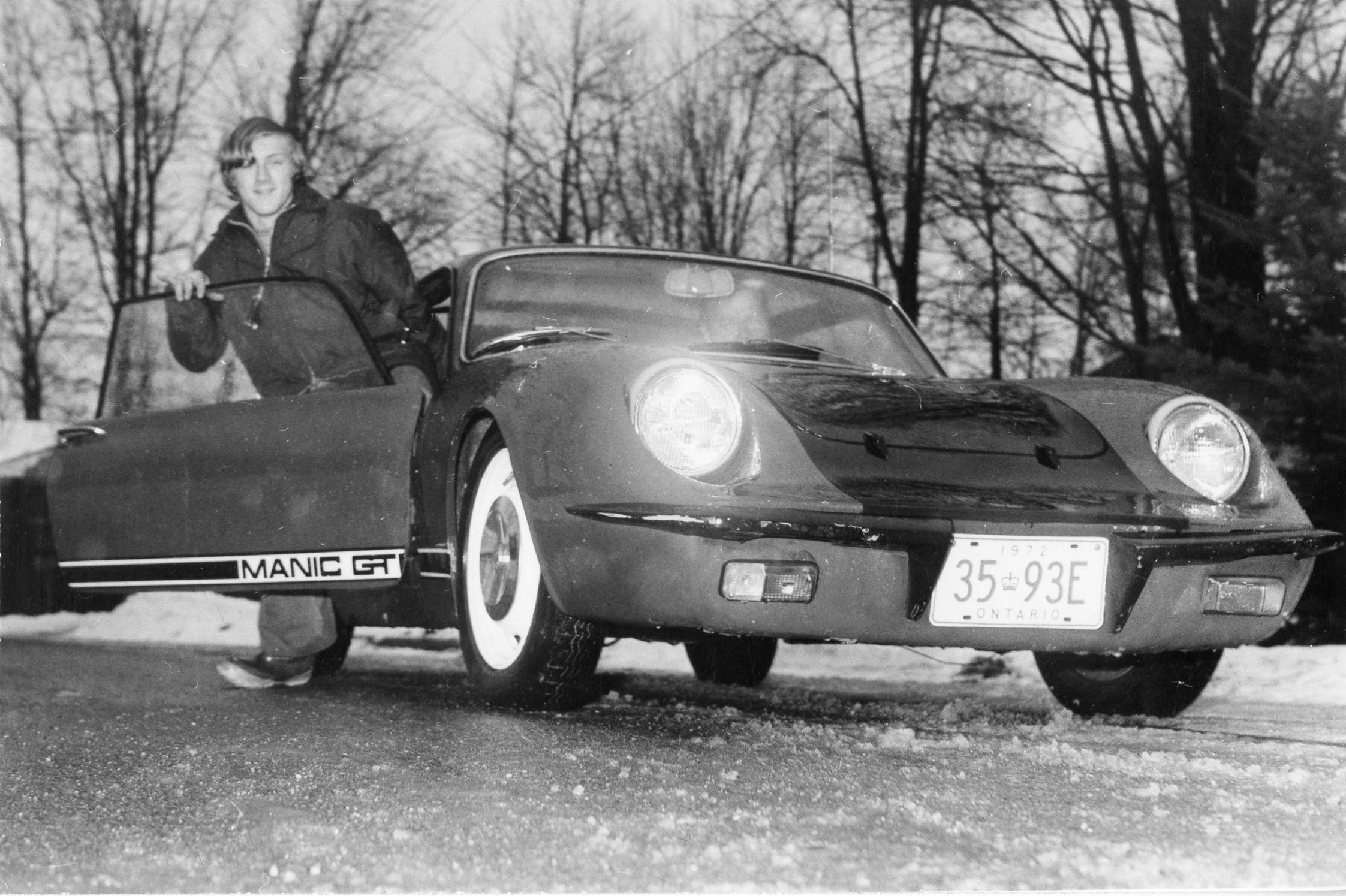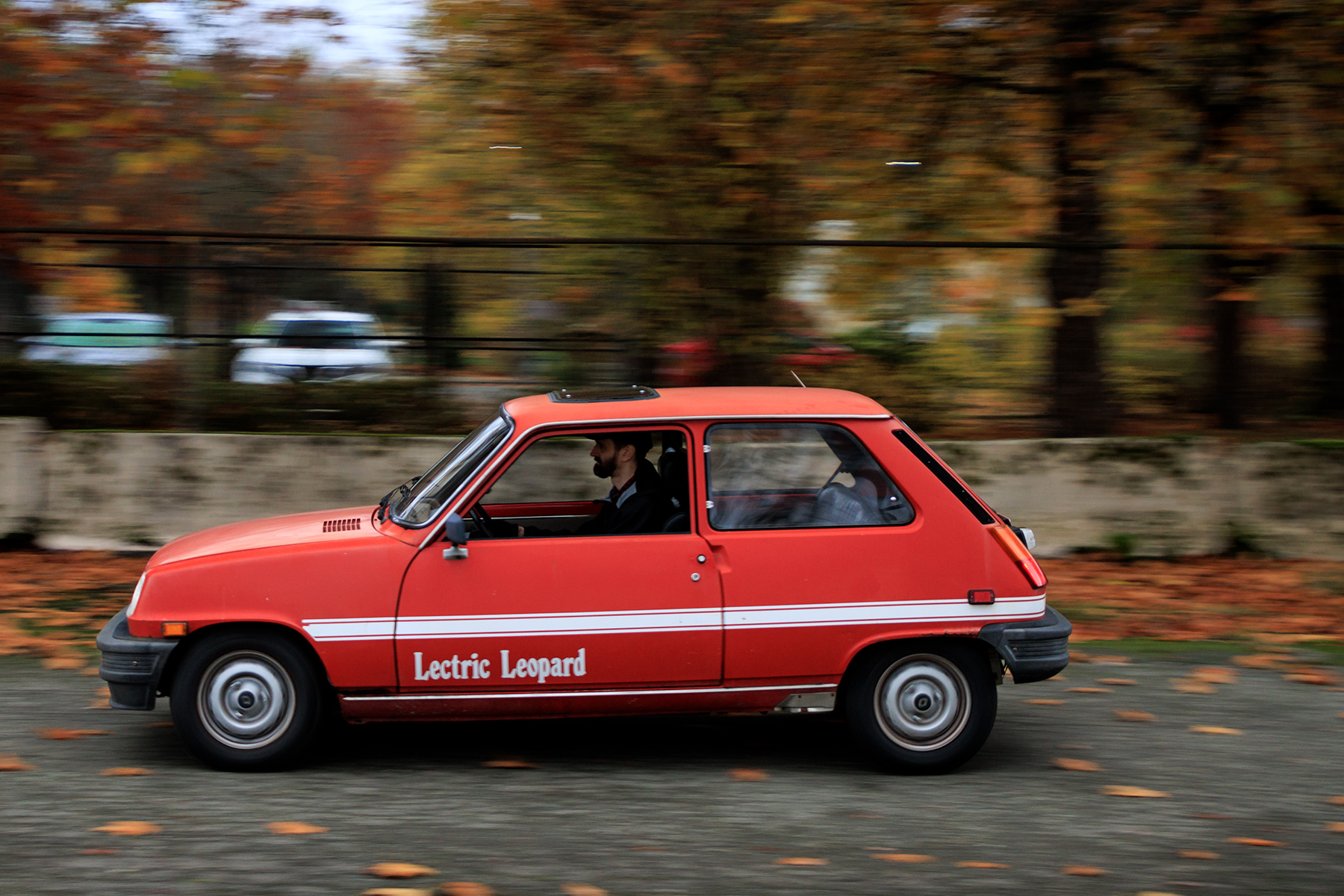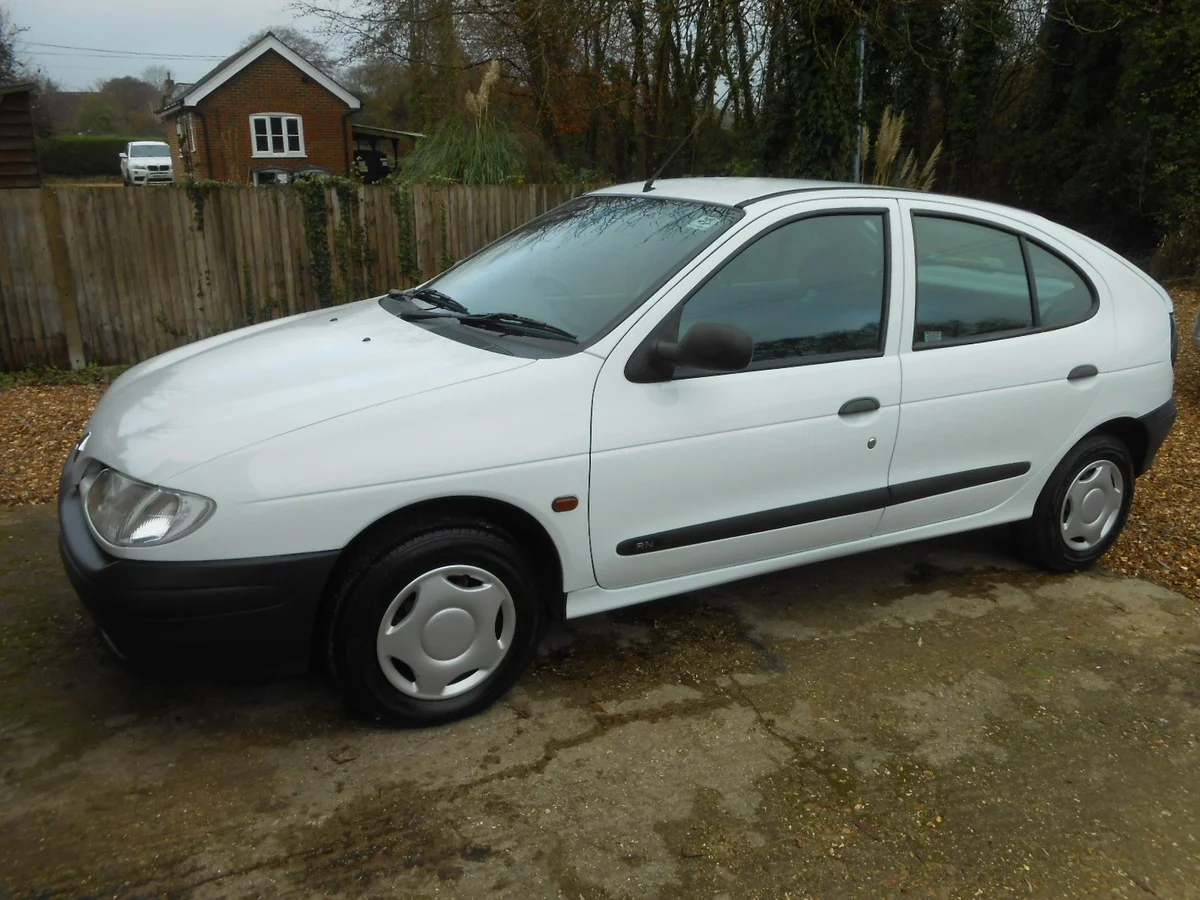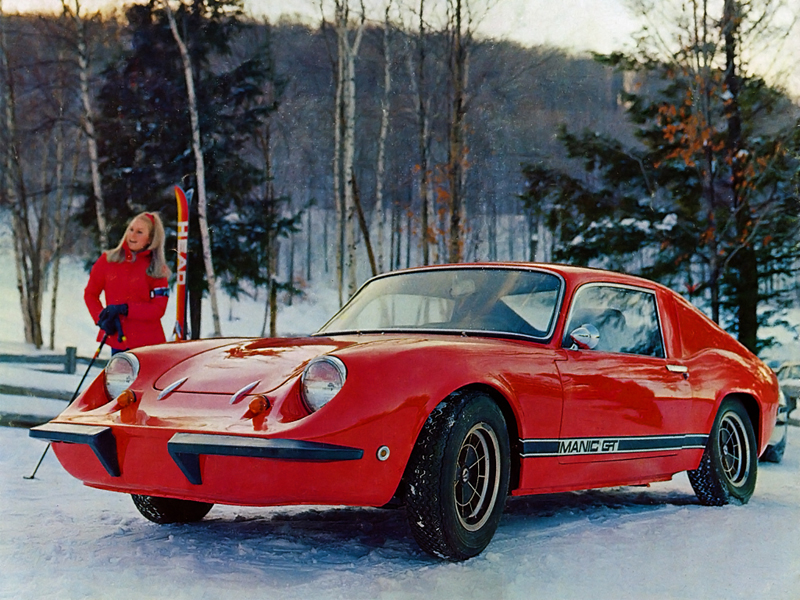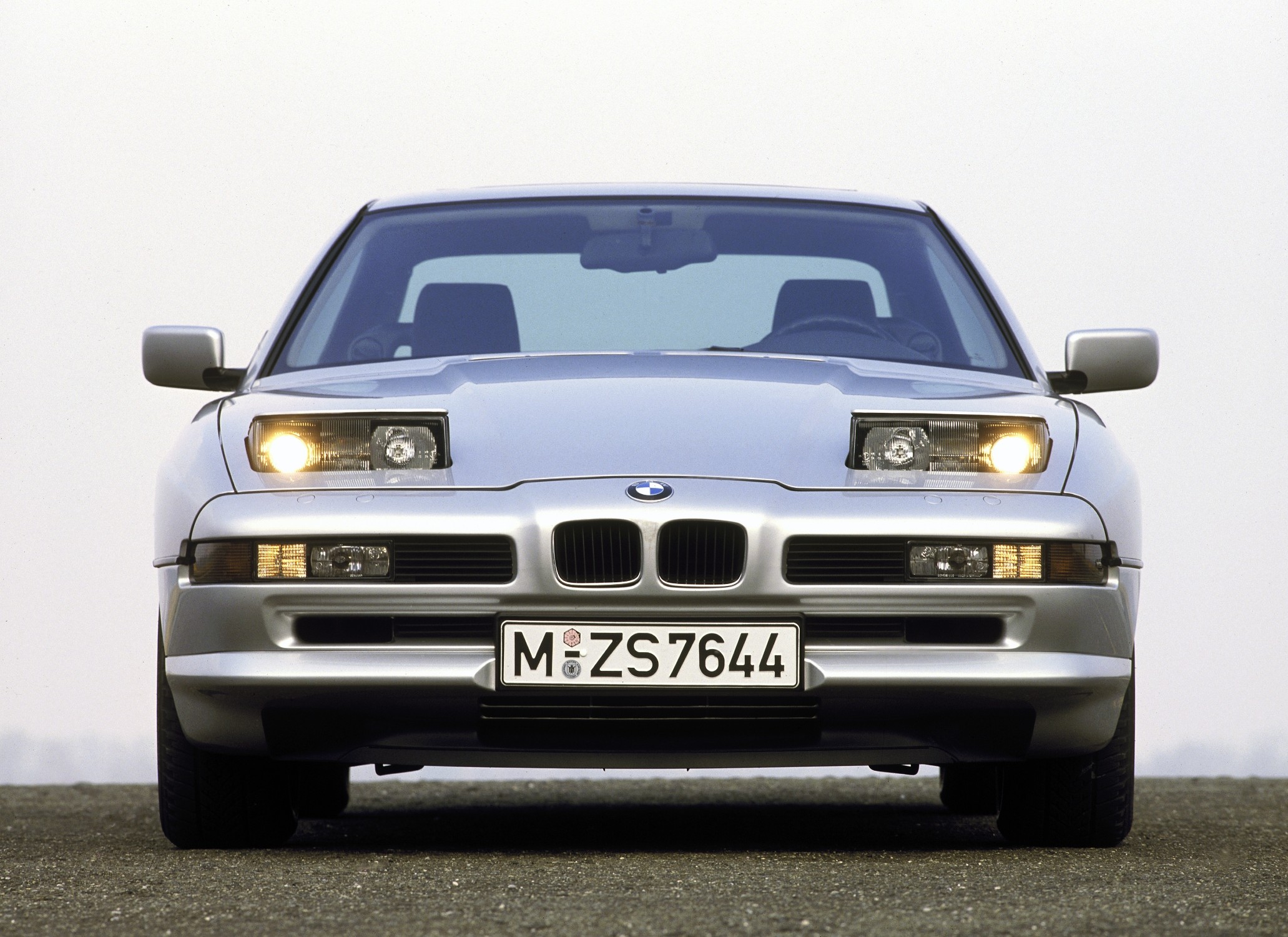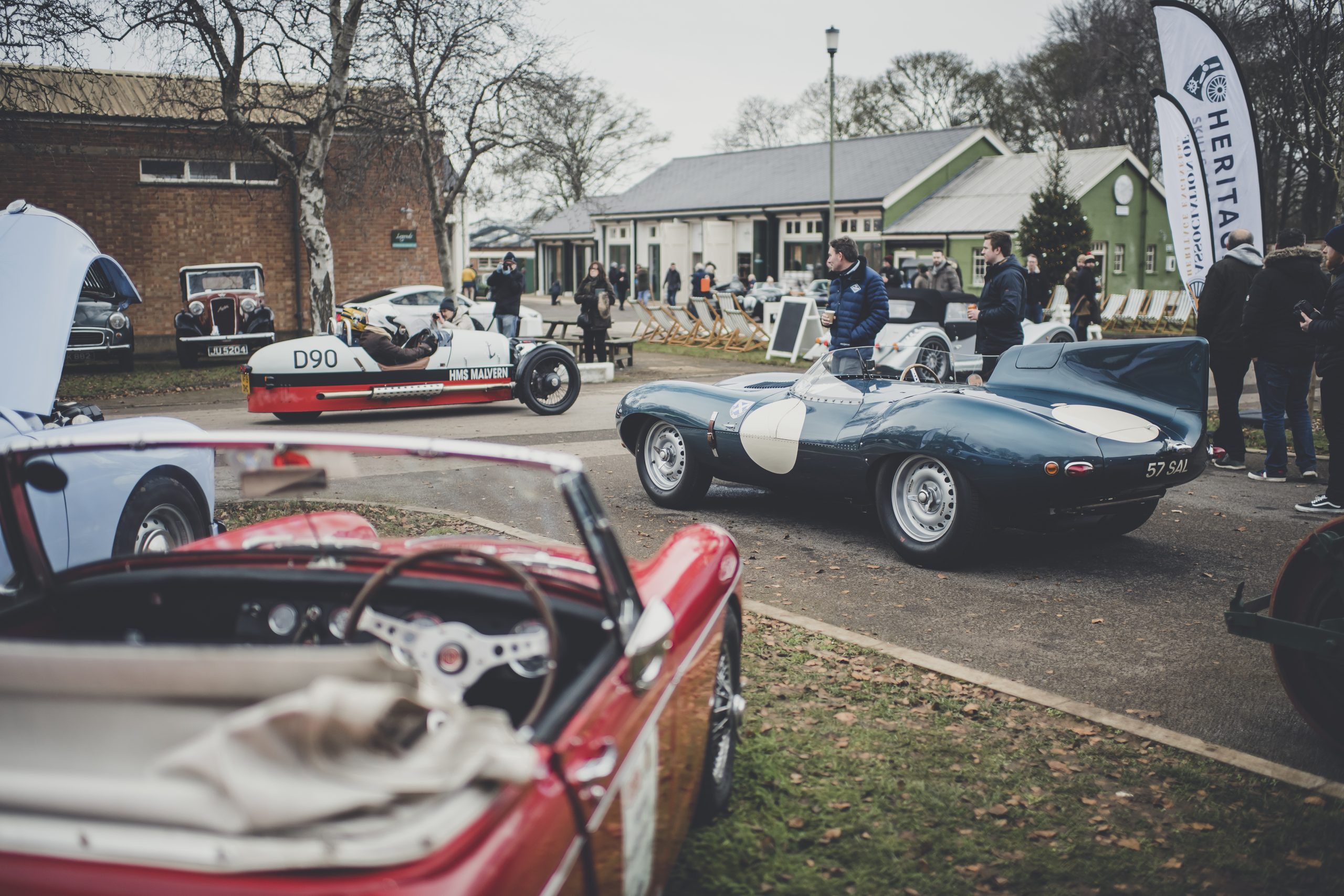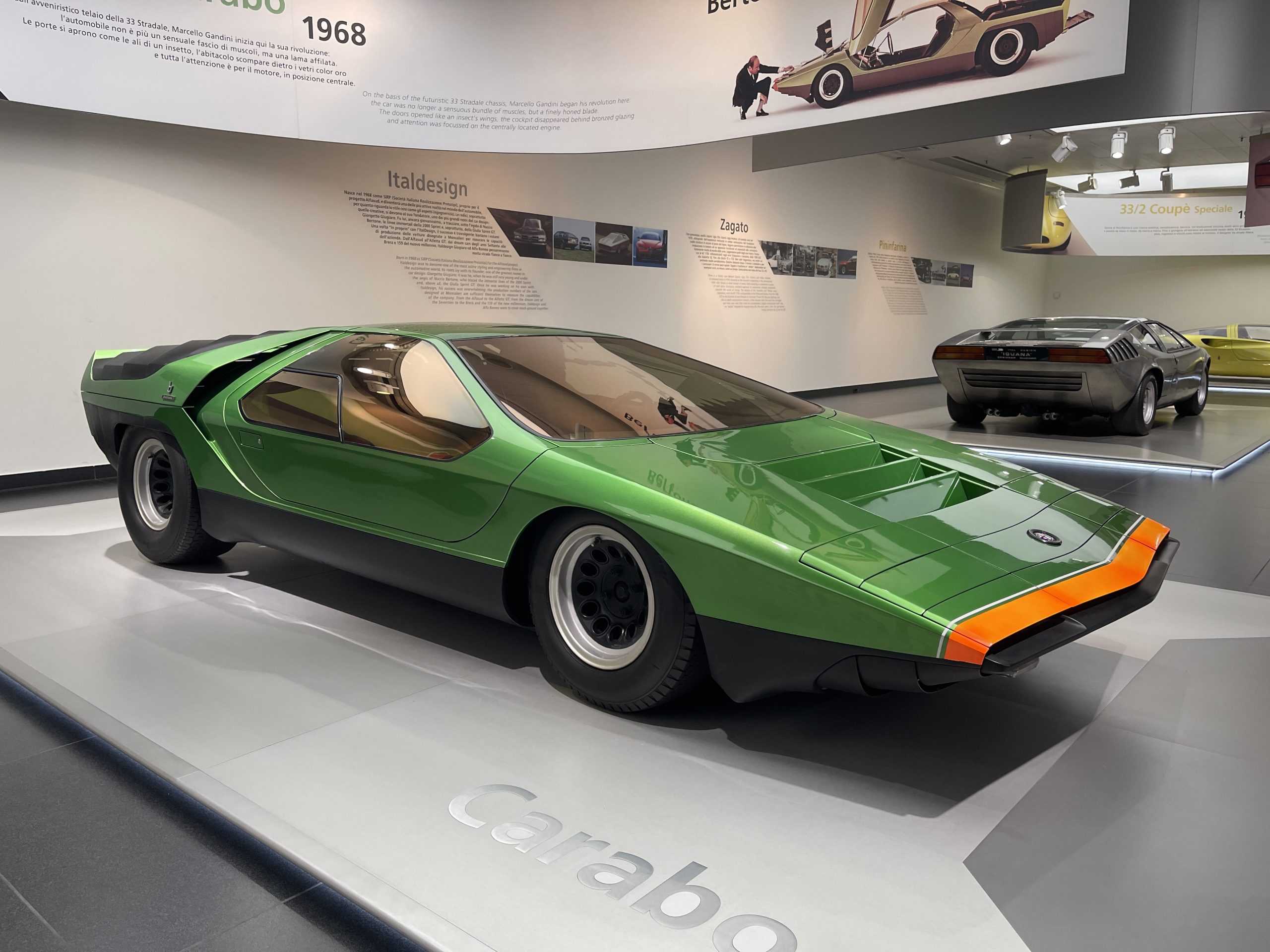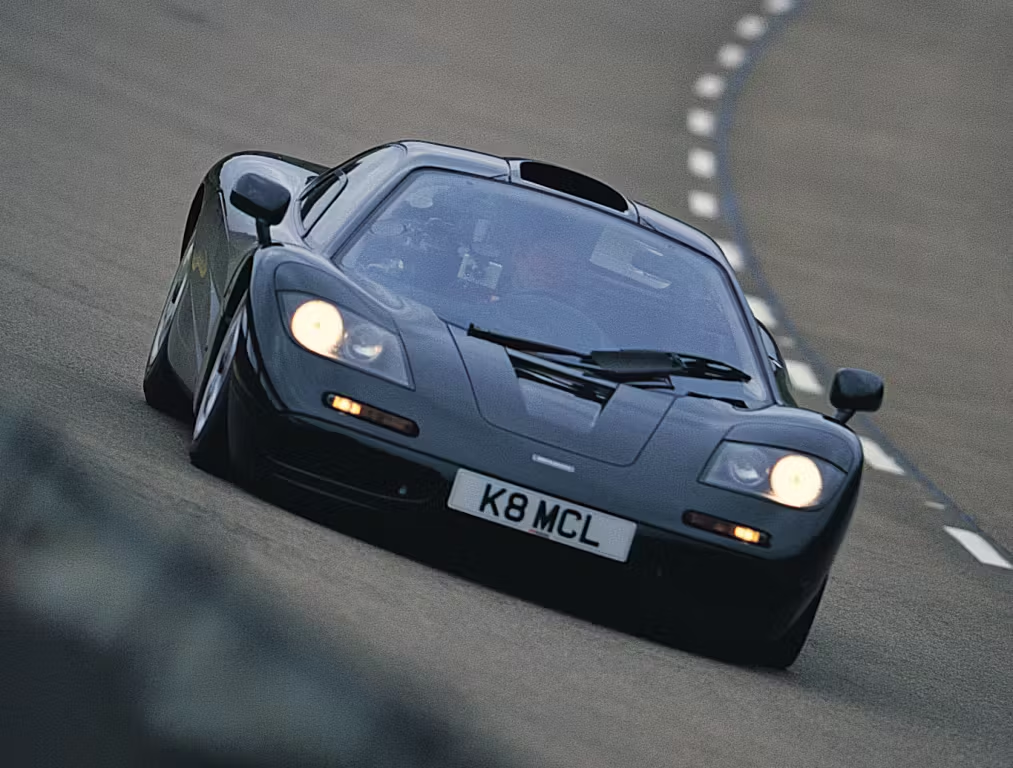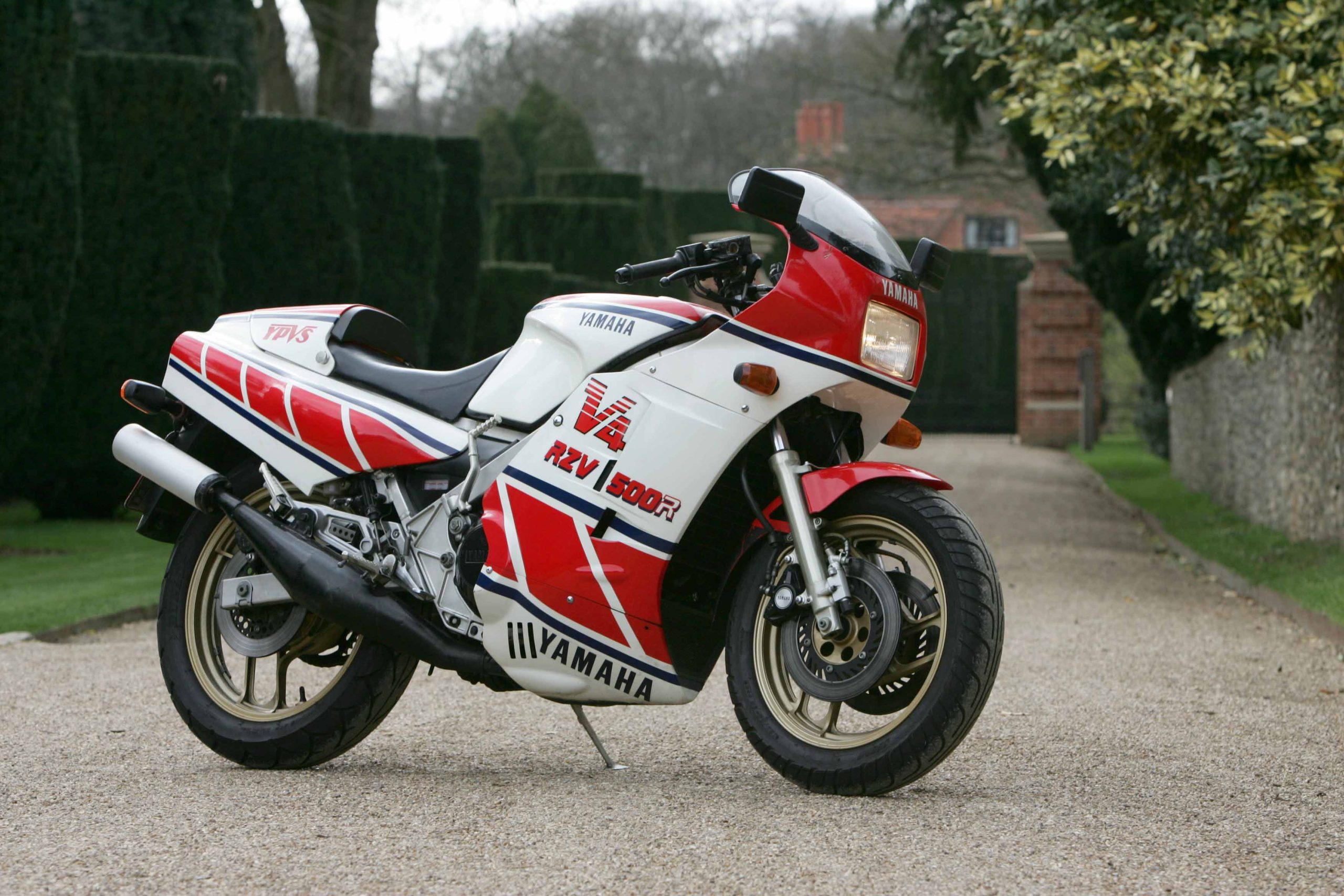Back in the late 1960s and early ’70s, information on Canadian automotive projects was scarce. Unless you spotted some little venture-capital item in the financial section of the newspaper, you likely missed it. It was this absence of information that arguably resulted in the Manic GT, a French Canadian–built sports car which ended production before most of us knew it even existed.
The Manic GT (pronounced Man-eec, named for Québec’s Manicouagan River and its Manic-5 dam) was the brainchild of Jacques About (pronounced Ah-boo), a former Renault Canada employee and entrepreneur, and the son of French automotive journalist Pierre About. After joining Renault, About was tasked with finding out if the Alpine A110 sports car, built by the small French company with close ties to Renault throughout Europe, might be a viable seller in Canada and America.

After some research, he reported to Renault that indeed it would. Much to his surprise, Renault passed on the little sports car.
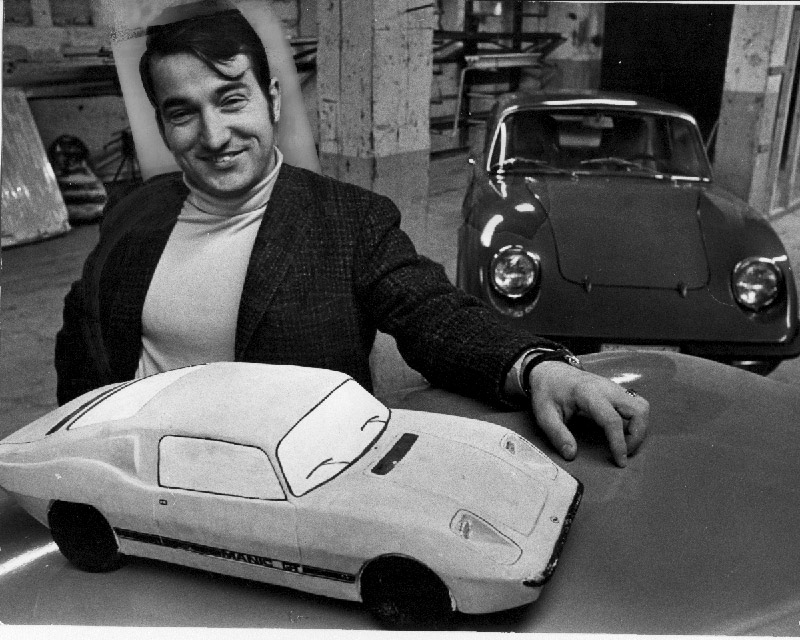
This prompted About to leave Renault Canada to start his own company building cars under the Manic name in Québec. The first Manic cars were not sports cars but open-wheel race cars, which About began building in a small shop in Montreal. It was a successful endeavour and helped give About and Manic some credibility.
In 1968, with help from a couple of key figures in the race car business, the company began serious work on what would become the Manic GT. About and Manic produced their first prototype on a tight budget, displaying it at the Montreal auto show to help raise capital. About’s charm and determination convinced Bombardier, Steinberg’s (a Québec grocery chain), and the Québec and Canadian governments to chip in. To the surprise of many, he managed to raise $1.5 million.
Approximately 30 cars were built as prototypes to hone the design. The basic body of the car was a well-made fibreglass unit designed by Serge Soumille, a race car driver from France who had come to Canada to compete in the racing version of the Manic.
Due to About’s connections to Renault Canada, the running gear and floorpan of the Canadian-made R8 were used for the Manic 5, one reason being that a major stipulation for receiving government money was that 65 per cent of the car had to be Canadian, an easy threshold since Renault was already making cars and parts there.
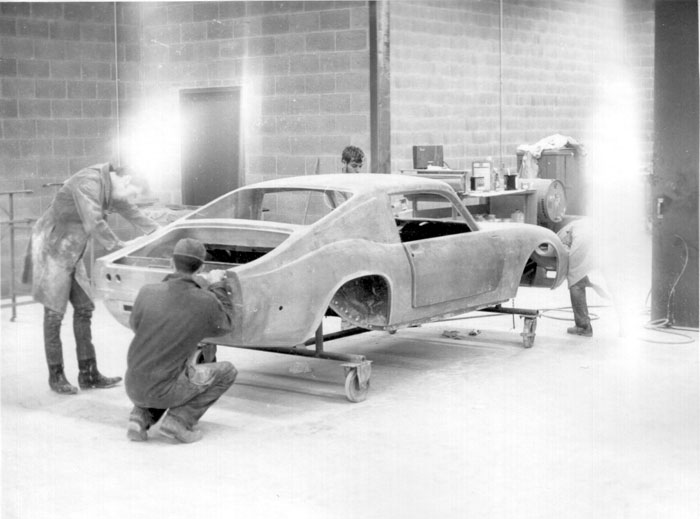
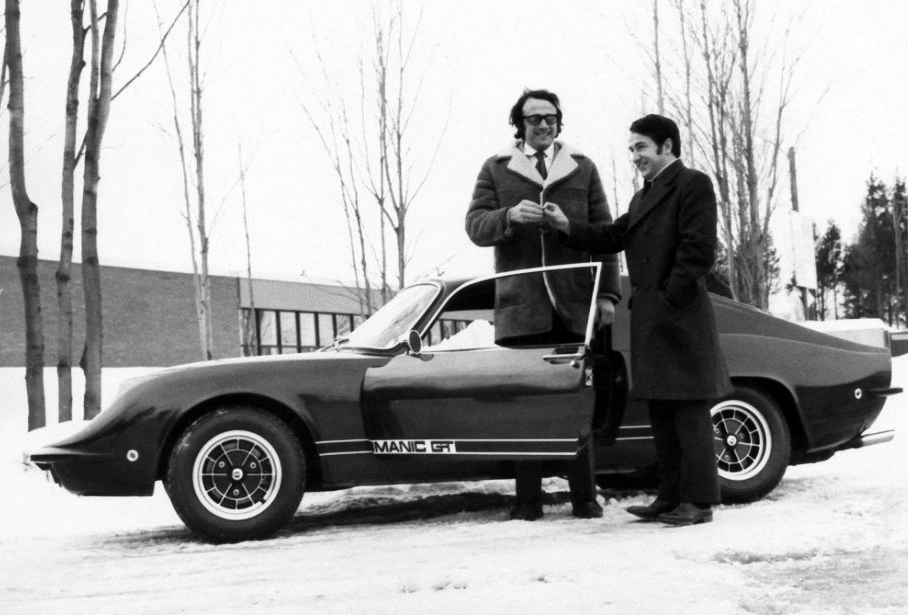
Out of a small facility in Terrebonne, Québec, the Manic GT started production in 1969. The final car was shown at the Montreal auto show in 1970, and from the start the car was well received, and About decided that larger production facilities were called for. The president of investor Bombardier offered About vacant space it had in one of its facilities, reasoning that Manic could save some money, which could be put back into the company or held in reserve.
Unfortunately, About felt that he could lose control of Manic by using the facilities offered by Bombardier. He decided to build his own factory in Granby, using almost half the money raised for development and production. This bold move by About would come back to haunt him.
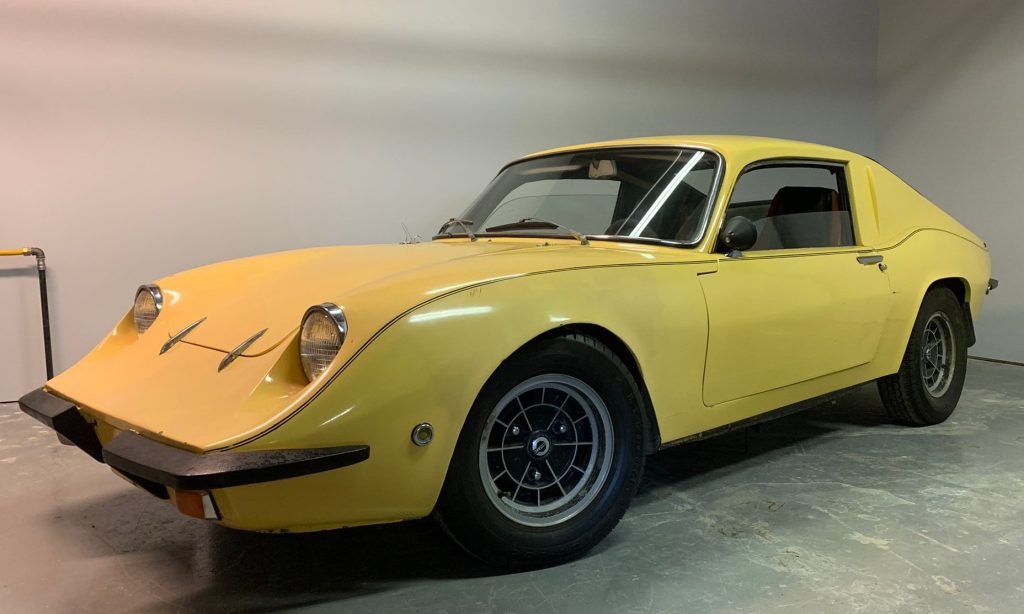
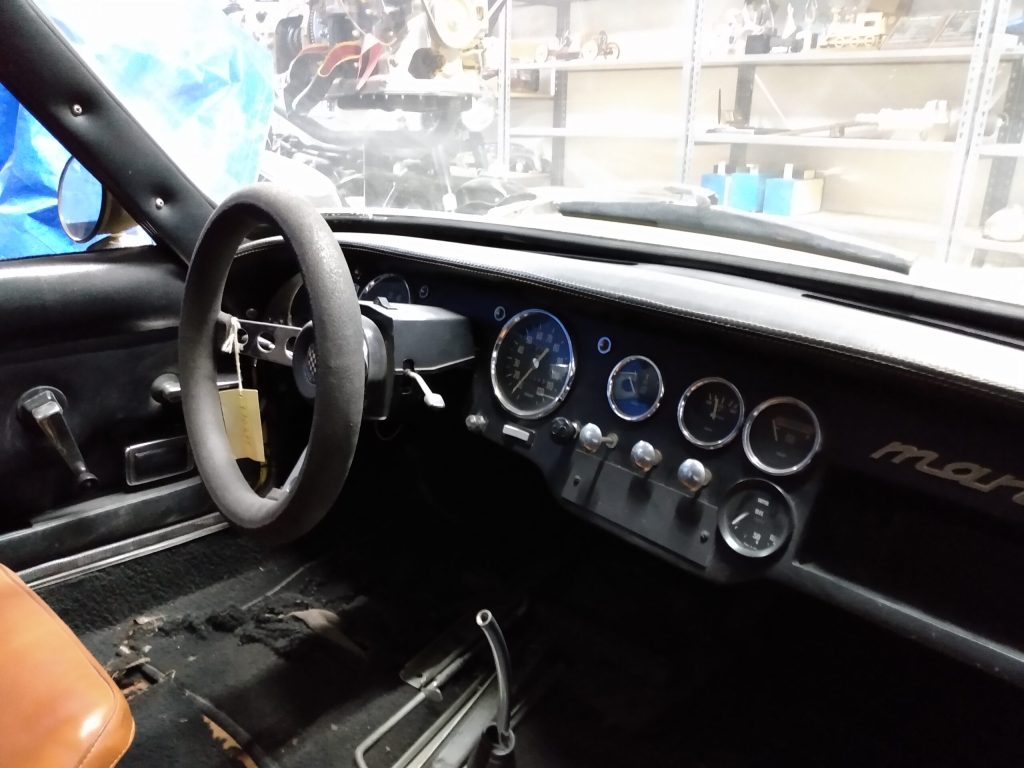
The Manic GT was offered with a rear-mounted 1.3-litre four-cylinder engine and a manual four-speed transmission. Power output of the base car was 65 horsepower, with an optional 80-horse version of that same engine. There were plans for a higher-output, 105-horsepower version, but they didn’t quite materialise, nor did a promised five-speed transmission.
The rear suspension was an independent swing axle design and up front were double wishbones and a sway bar, all from the Renault R8. Brakes were four-wheel discs, also from the R8. Base price of the car was about $3500 (£1450), which was Chevrolet Camaro money back then. But About figured he could build and sell 2000 copies of the Manic GT a year.
The company’s plan was to sell the cars through Renault dealers in Canada and the US, similar to the arrangement Renault had with Alpine in Europe.
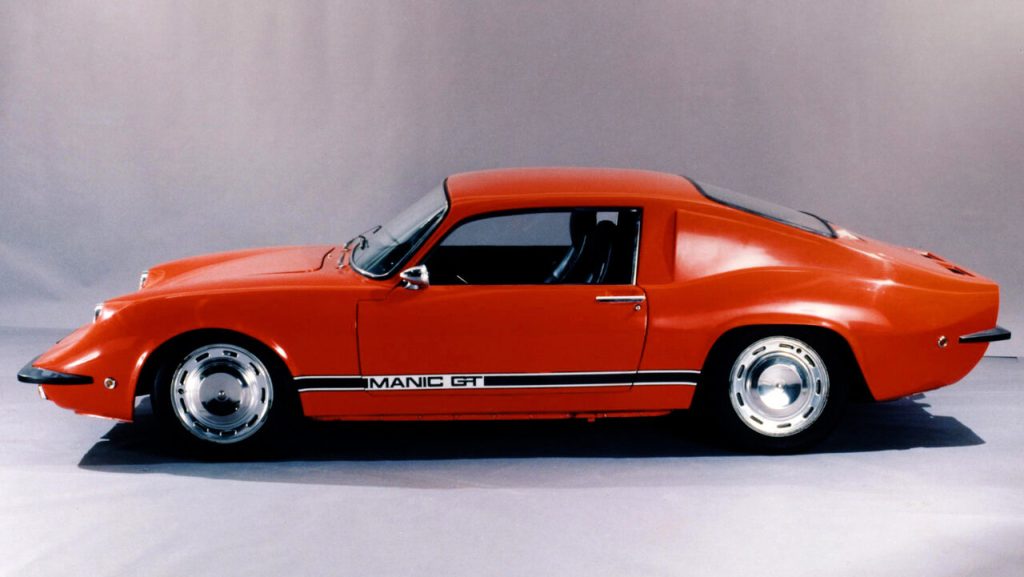
But it didn’t take long before the big mortgage payments and general day-to-day expenses caught up with the company. According to Maurice Gris, who began working with About during the company’s motorsports period, money got tight, and Renault, which was already slow in delivering parts for the Manic GT, certainly wasn’t going to deliver any more unless it was paid. The fact that 85 per cent of the car was made up of Renault parts left About in a bind. There were multiple work stoppages due to the lack of parts, which delayed deliveries, and in turn hampered sales.
In early 1971, an homologated Manic GT was shown at the Detroit auto show, and in April, at the New York auto show. As a result, an order for 1000 cars reportedly arrived from the US.
But it was too late. By May, creditors had taken control of the company and the factory was closed, less than six months after it opened. About 160 Manic GTs were built before the factory went dark.
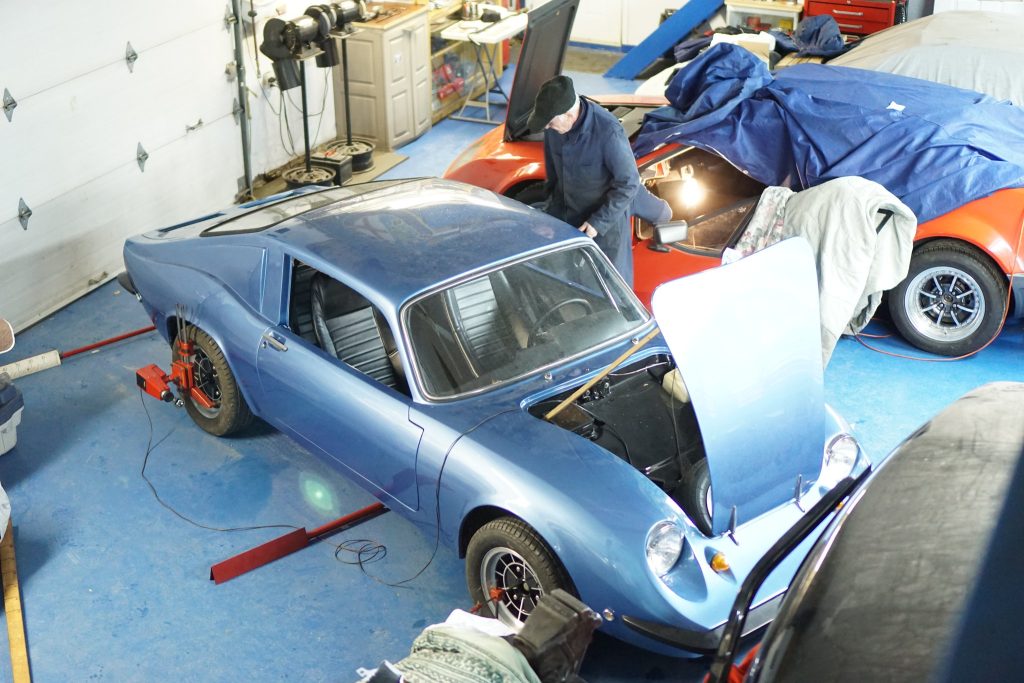
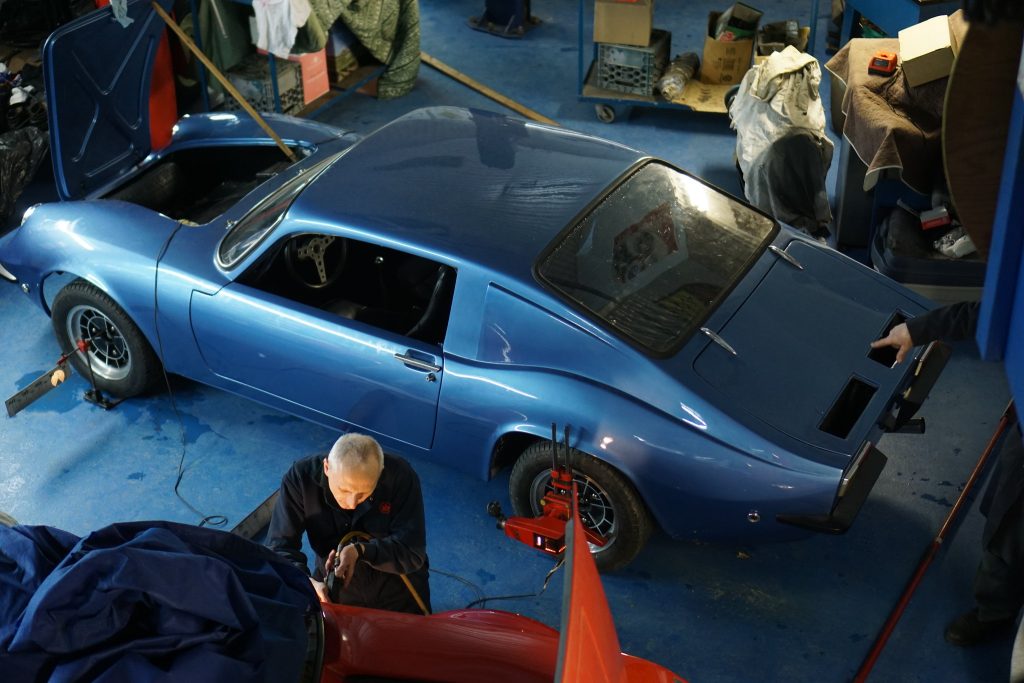
So what is it like to restore a Manic GT today, assuming you can find one? A challenge. Manic bonded the high-quality fibreglass bodies to the car’s floorpan, common with some European fibreglass-bodied cars of the time because it increased stiffness. This makes separating the body from the chassis time-consuming and complex for restorations. Add to this the fact that Renault R8 metal floorpans were prone to rust even when new.
As for About, he left the automotive industry and became a respected educator. He died 18 April 2013, age 75. Luckily for restorers, he kept most of the Manic GT’s designs and paperwork, of which his son is now the caretaker.
